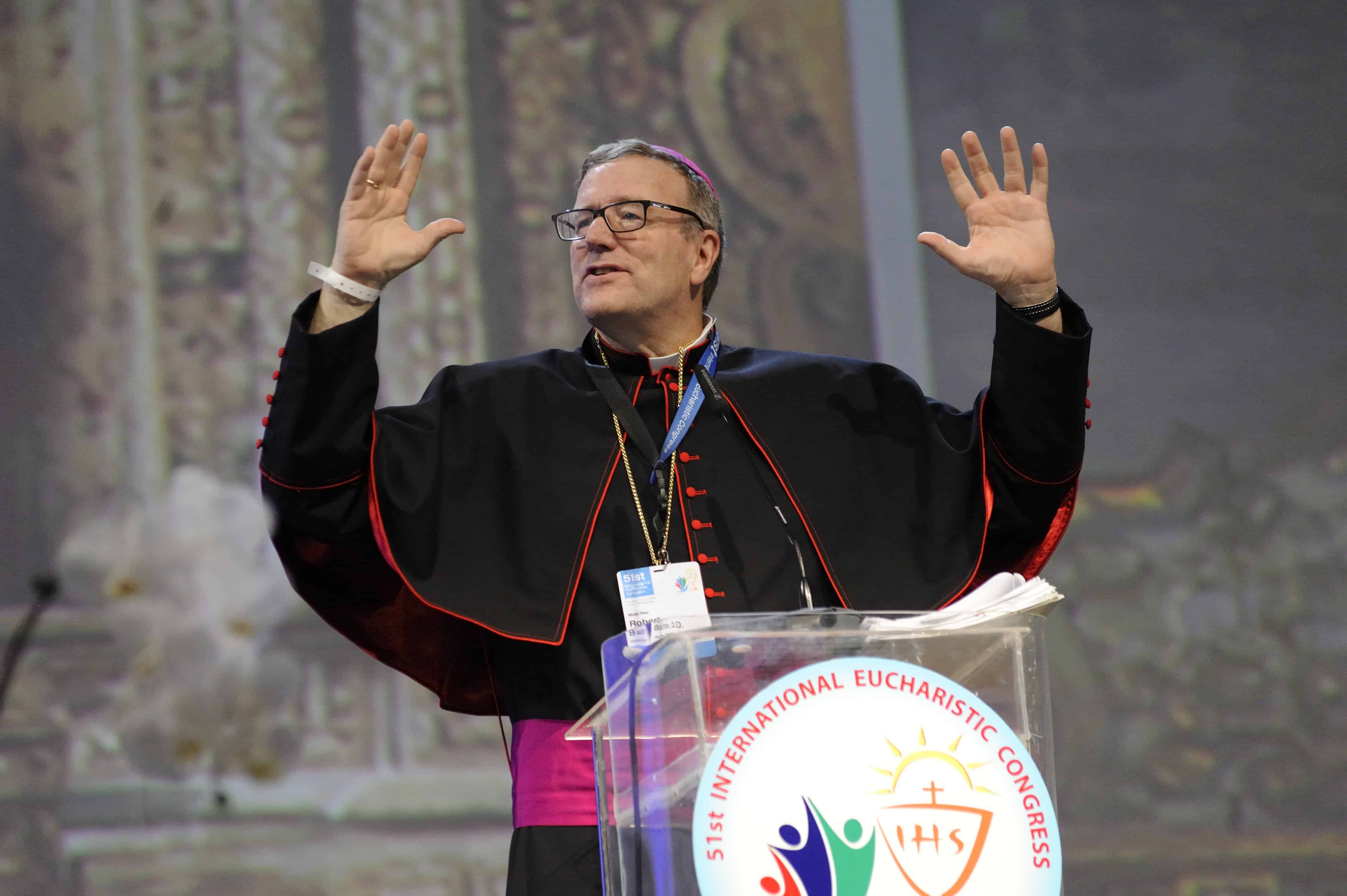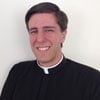What motivates us more: the threat of danger, or the promise of beauty?
For most of us, danger only motivates us enough to escape the threat. The promise of beauty—of a truly wonderful experience of the whole big picture — will constantly draw us, and can even be the project of a lifetime. Older methods of preaching tended to highlight danger: convert or risk Hell. Instead of showing why we should run away from everything else, Bishop Robert Barron’s basic approach in presenting Catholicism is to show why it is worth running towards: to highlight its beauty. This approach comes out clearly in his new book To Light a Fire on the Earth.
The book itself is a combination of biography and interview put together by Catholic journalist John Allen. Barron wants “to change the conversation about the faith—to start not with secondary aspects of Catholicism but with its beating heart” (pp. 3-4). Allen respects that desire, and so the book is not going to beat you over the head with details and petty rules, but pulls back to give a sense of the whole picture of Catholicism. How everything connects to everything else, and comes together to form one beautiful whole, is Barron’s main interest.
Barron is not one to shy away from controversy, as many of his YouTube videos attest. When the New Atheist movement charges that religion is not only mistaken, but harms people, Barron will happily answer their criticisms and questions—be they on the problem of suffering, points of morality, or even God’s existence.
But with groups like the New Atheists, Barron thinks that “the problem is that atheists drop their questions just when they get truly interesting” (p. 7). Barron’s complaint is not that they are asking too many questions, but too few—and that the questions are not big enough.
Barron encourages people to ask bigger questions: By all means, talk about evolution, but then ask why there is life to evolve at all. Marvel at the beauty and vastness of the cosmos, but then ask why there is a cosmos to marvel at, or humans to do the marveling. There is a bigger picture that we need to step back and appreciate, admiring how it all fits together–admiring the beauty of the whole.
“The whole” is where Barron wants to begin doing theology. Barron wants to begin with beauty and why Catholicism as a whole is attractive, then appreciate the goodness of Catholicism and how it can help us live better lives, then understand the truth of Catholicism and why it’s claims make intellectual sense. From beauty to goodness to truth, a method Barron picked up from reading the works of the great Catholic theologian Hans Urs von Balthasar. Marvel at the whole, and then start to appreciate and think about the parts. Barron is happy to talk about the particulars of Catholicism at any point, but in a great mosaic like Catholicism, it is easy to focus on a few tiles and miss the gorgeous picture.
Barron is a baseball fanatic, and likes to give the analogy of the infield fly rule. He says that “it’s a good rule, and I love it […] but there’s no way I would have been drawn into the splendor of the game through that rule” (p. 43). Likewise, we need to “feel Catholicism, to know the essential stuff” or else “it will just seem like arbitrary rules” (44). Asking about the rules can be good, but there are more questions, and more important questions, that we can talk about in Catholicism.
While Barron acknowledges that he can be seen as being somewhat conservative, while Francis is usually seen as being liberal (although Barron also sees both terms as being limiting), he also sees himself as being very much on board with Francis—and Francis probably thought so, too, since he was the one who named Barron to be a bishop. Barron thinks that “the genius of Francis” is getting us back to the big picture questions (p. 133).
In Barron’s mind, Francis’s image of the Church as a field hospital highlights not only the need to get at the important questions, but shows that these are the big questions because they are the questions that matter to a hurting people in an unjust world. Asking the big questions, the questions of wholeness and beauty, can help focus our energies in the right places and see what the important fights for justice are, so that we can bring the beauty Barron sees in Catholicism out into the rest of the world.
In the end, Barron wants people to fall in love with Catholicism. Like any real love story, it is not always easy, and it is rarely saccharine, but it is always beautiful. That is the heart of Barron’s message, one which comes out so well over the course of this book: start with the beauty of Jesus, the beauty of Catholicism, and the rest will follow.


